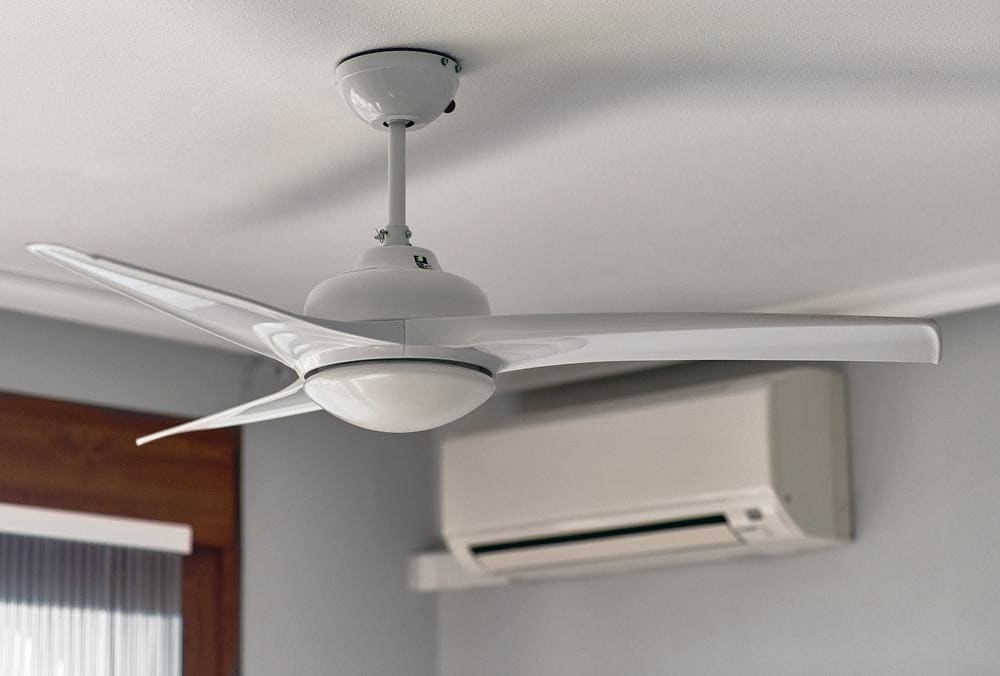 Ceiling Fan 52" width="1000" height="676" />
Ceiling Fan 52" width="1000" height="676" /> Ceiling Fan 52" width="1000" height="676" />
Ceiling Fan 52" width="1000" height="676" />
Installing a Harbor Breeze Ceiling Fan may seem like a daunting task, but with the right guidance and tools, it becomes a manageable DIY project. This comprehensive guide will walk you through the entire process, from selecting the ideal location to testing the installed fan.
KEY TAKEAWAYSInstalling a Harbor Breeze Ceiling Fan involves several steps: First, turn off the power and remove any existing fan. Install the mounting bracket onto the ceiling electrical box. Assemble the fan, hang it on the bracket, and connect the wires. If your fan includes a light fixture, attach it following the manufacturer’s instructions. Secure the canopy, turn the power back on, and test the fan. Regular maintenance, such as dusting and inspecting for damage, will ensure your fan’s longevity. Always prioritize safety and consult the manual for detailed instructions.
Before starting the installation, ensure you have all the necessary tools and materials. This includes the Harbor Breeze ceiling fan kit, a ladder, screwdriver set, wire stripper, pliers, circuit tester, electrical tape, wire connectors, drill with driver and bit, and safety glasses.
Safety should always be the top priority in any DIY project. Before starting, read the manual thoroughly to understand the installation process and safety guidelines. Always ensure the power is turned off before making any adjustments or cleaning the fan. Wear appropriate protective gear like goggles and gloves to protect yourself from electric shocks, cuts and burns.
The location of your ceiling fan can significantly affect its performance and efficiency. Maintain a minimum distance of 2 feet between the fan blades and sidewalls or sloped ceilings. The fan should be installed at an ideal height, typically 7-10 feet above the floor. Avoid any obstructions within 24 inches of the blades for maximum efficiency.
Maintaining your Harbor Breeze Ceiling Fan is crucial for its longevity. Regularly dust the fan blades and clean the motor housing using a soft brush or lint-free cloth. Inspect the fan blades for any damage or warping and replace them if necessary. If your fan has a light fixture, follow the manufacturer’s instructions to replace or clean the light bulbs and fixture.
Installing a Harbor Breeze Ceiling Fan is a project that requires preparation, precision, and a bit of electrical knowledge. However, with the right tools, safety measures, and step-by-step guidance, it becomes an achievable task. The key is to take your time, follow the instructions, and always prioritize safety. With careful installation and regular maintenance, your Harbor Breeze Ceiling Fan will provide comfort and style to your home for years to come.
Yes, you can install a Harbor Breeze Ceiling Fan on a sloped ceiling. However, you may need a separate mounting kit designed for angled installations, which is often sold separately. It’s also important to ensure that the fan blades maintain a minimum distance of 2 feet from the sloped ceiling for proper operation.
If your Harbor Breeze Ceiling Fan wobbles after installation, it may be due to the fan blades being out of balance. You can purchase a fan balancing kit to fix this issue. The kit usually includes weights that you can attach to the fan blades to balance them out and stop the wobbling.
The type of light bulb used by the Harbor Breeze Ceiling Fan depends on the specific model. However, most models use either standard medium base bulbs or candelabra base bulbs. Always refer to the user manual or product specifications for the correct bulb type for your specific fan model.
It’s recommended to clean your Harbor Breeze Ceiling Fan at least once every season, or more often if the fan is in a high-dust area. Regular cleaning helps maintain the fan’s performance and prolong its lifespan.
Yes, it is safe to install a Harbor Breeze Ceiling Fan by yourself as long as you follow the manufacturer’s instructions and take necessary safety precautions. However, if you’re not comfortable with electrical work or if the installation involves complex wiring, it’s best to hire a professional electrician.